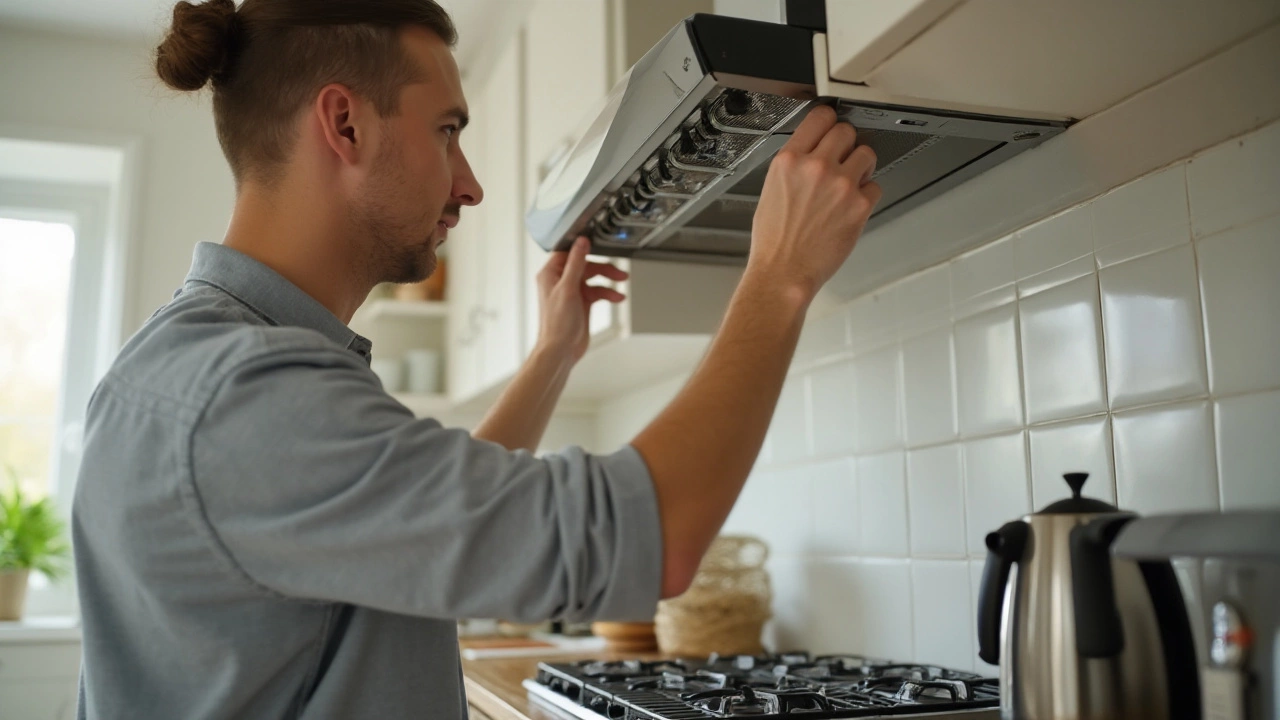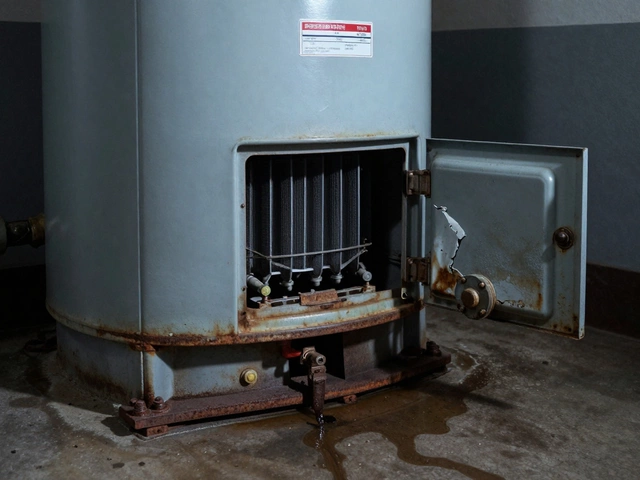Extractor Fan Troubleshooting – Quick Fixes for a Quiet Kitchen or Bathroom
When the fan in your kitchen or bathroom stops humming, it feels like the whole house is holding its breath. The good news is most problems are easy to spot and fix without a pricey call‑out. Below are the most common reasons your extractor fan dies and the steps you can take to bring it back to life.
Why Your Extractor Fan Stops Working
First, figure out what’s actually gone wrong. In most cases the culprit is one of these:
- Power loss. The fan may not be getting electricity because of a tripped breaker, a loose plug, or a faulty switch.
- Blocked vent. Grease, dust, or debris can clog the duct, making the motor overheat and shut down.
- Motor burnout. Motor bearings wear out, especially in older fans that run a lot.
- Wiring fault. Loose or damaged wires inside the fan housing can cause intermittent operation.
- Faulty capacitor. Many fans use a capacitor to start the motor; if it fails, the fan won’t spin.
Identify which of these sounds familiar before you start taking things apart.
Step‑by‑Step Fixes You Can Do Yourself
1. Check the power. Flip the circuit breaker back on and test the wall switch. If the switch feels loose, replace it – it’s a cheap job with a screwdriver and a new toggle.
2. Clean the vent. Turn off the fan and remove the cover. Use a vacuum with a narrow nozzle to pull out dust and grease from the duct. A flexible brush can reach deeper bends. Clean the fan blades as well – a coat of oil can make them spin smoother.
3. Test the motor. With the fan unplugged, give the motor a gentle spin by hand. If it sticks or makes grinding noises, the bearings are likely worn. Replacing the whole fan is often cheaper than hunting for a rare motor part.
4. Inspect wiring. Open the fan housing and look for any loose copper wires or burnt insulation. Tighten loose connections with a screwdriver and replace any frayed sections with new wire and a bit of electrical tape.
5. Swap the capacitor. The capacitor is a small, cylindrical component near the motor. If you have a multimeter, set it to capacitance mode and compare the reading to the value printed on the part. A mismatched reading means it’s time for a new capacitor – these are inexpensive and easy to bolt in place.
If any of these steps feel beyond your comfort zone, or if the fan still won’t run after you’ve tried them, call a local pro. A qualified technician can diagnose hidden issues like a failing motor winding or a complex wiring fault quickly.
Keeping your extractor fan healthy is mostly about regular maintenance. Wipe the cover monthly, run the fan for a few minutes after cooking or showering, and check the vent annually for build‑up. These habits stop most problems before they start.
So the next time your kitchen or bathroom feels stale, you now have a clear checklist to get that fan humming again. Quick checks, simple cleaning, and a few DIY fixes can save you time, hassle, and a hefty service bill.
22 December 2024
·
0 Comments
Extractor fans are vital for maintaining a healthy indoor environment, but they can sometimes stop working. Common problems include electrical issues, blockages, and faulty components. Regular maintenance like cleaning and checking the wiring can prevent many issues. It's crucial to know when you might need professional help to fix more complicated problems.
Read more


